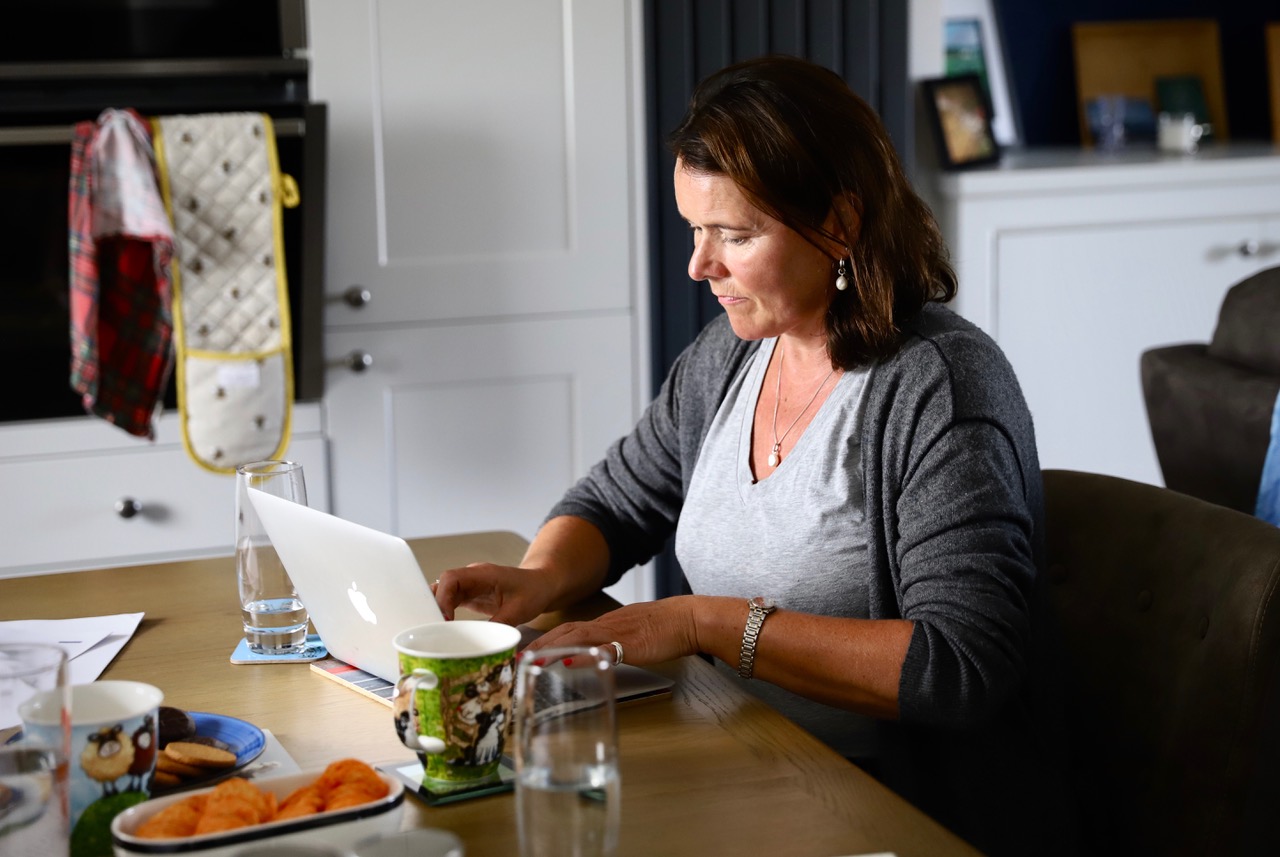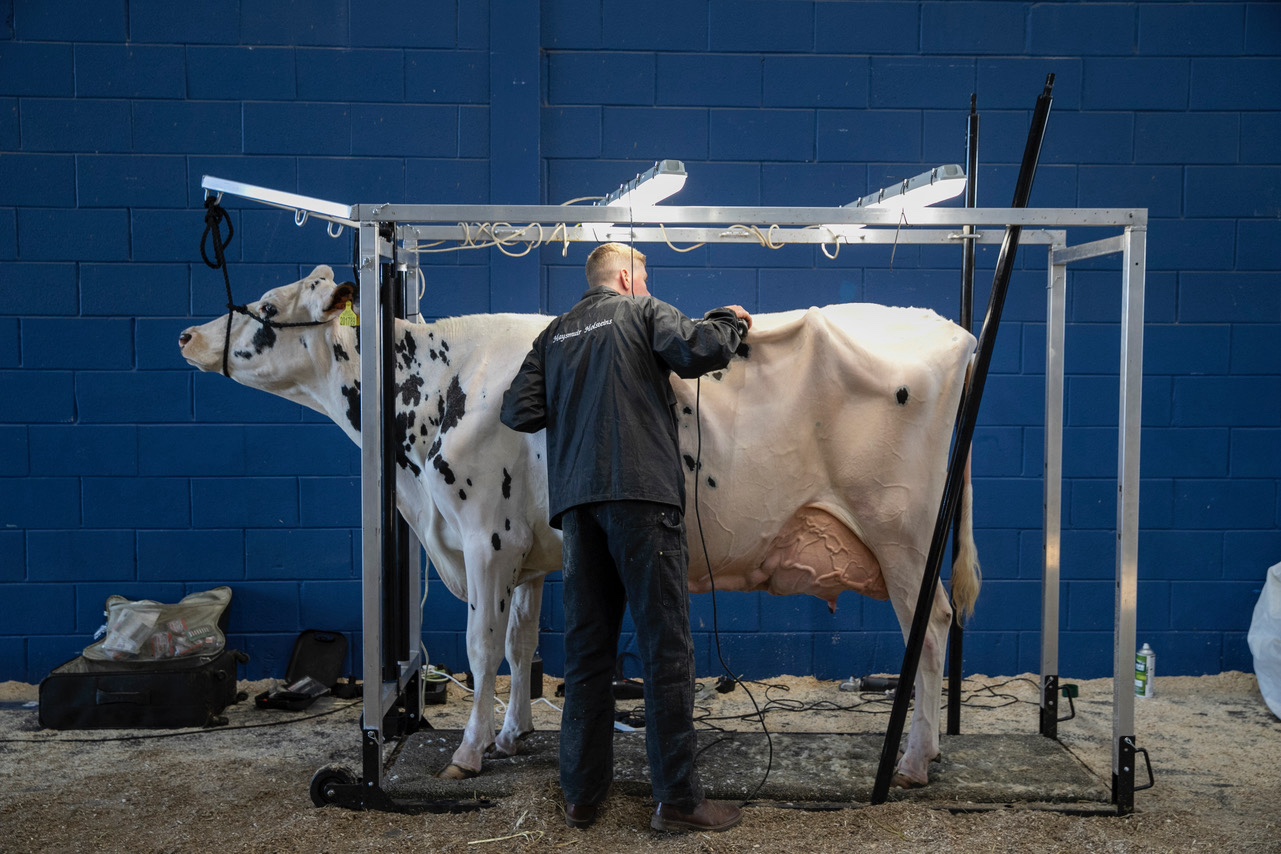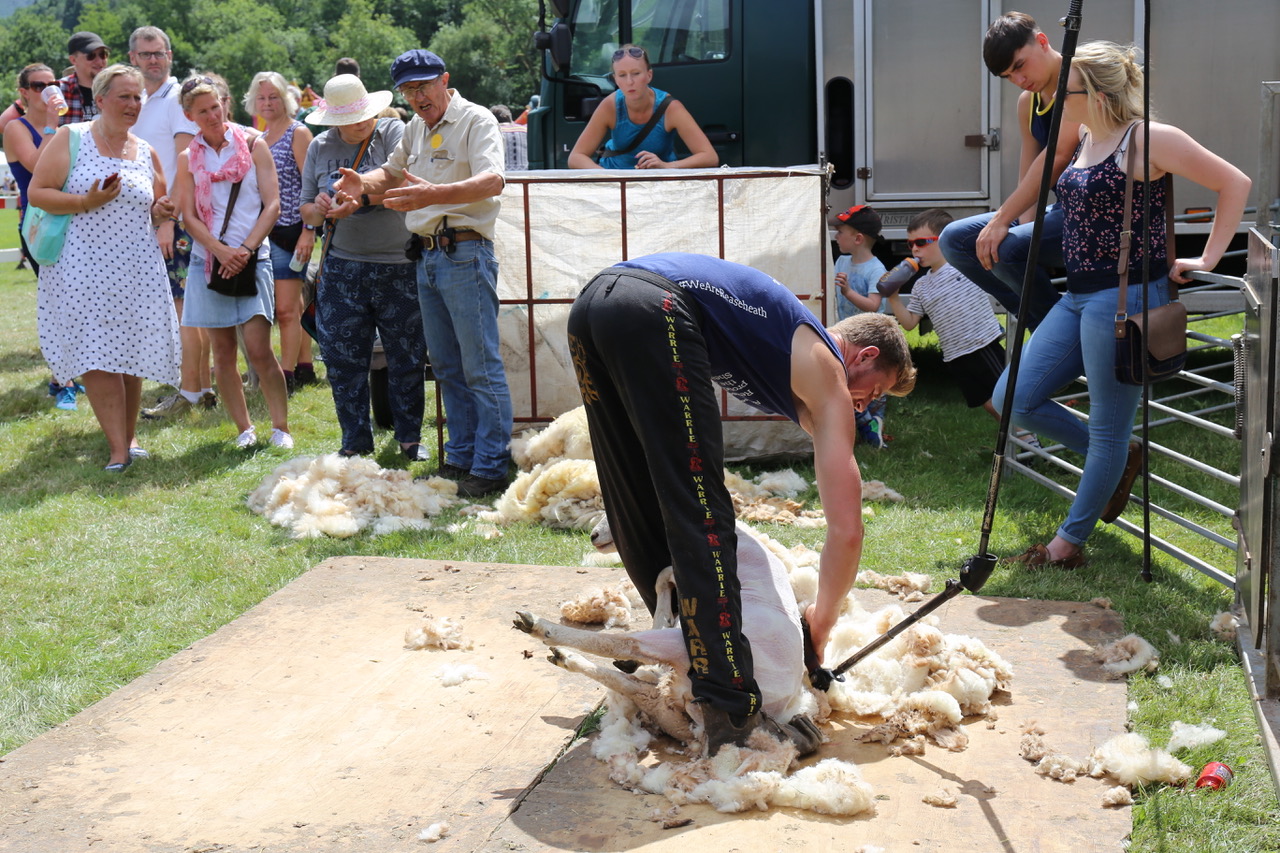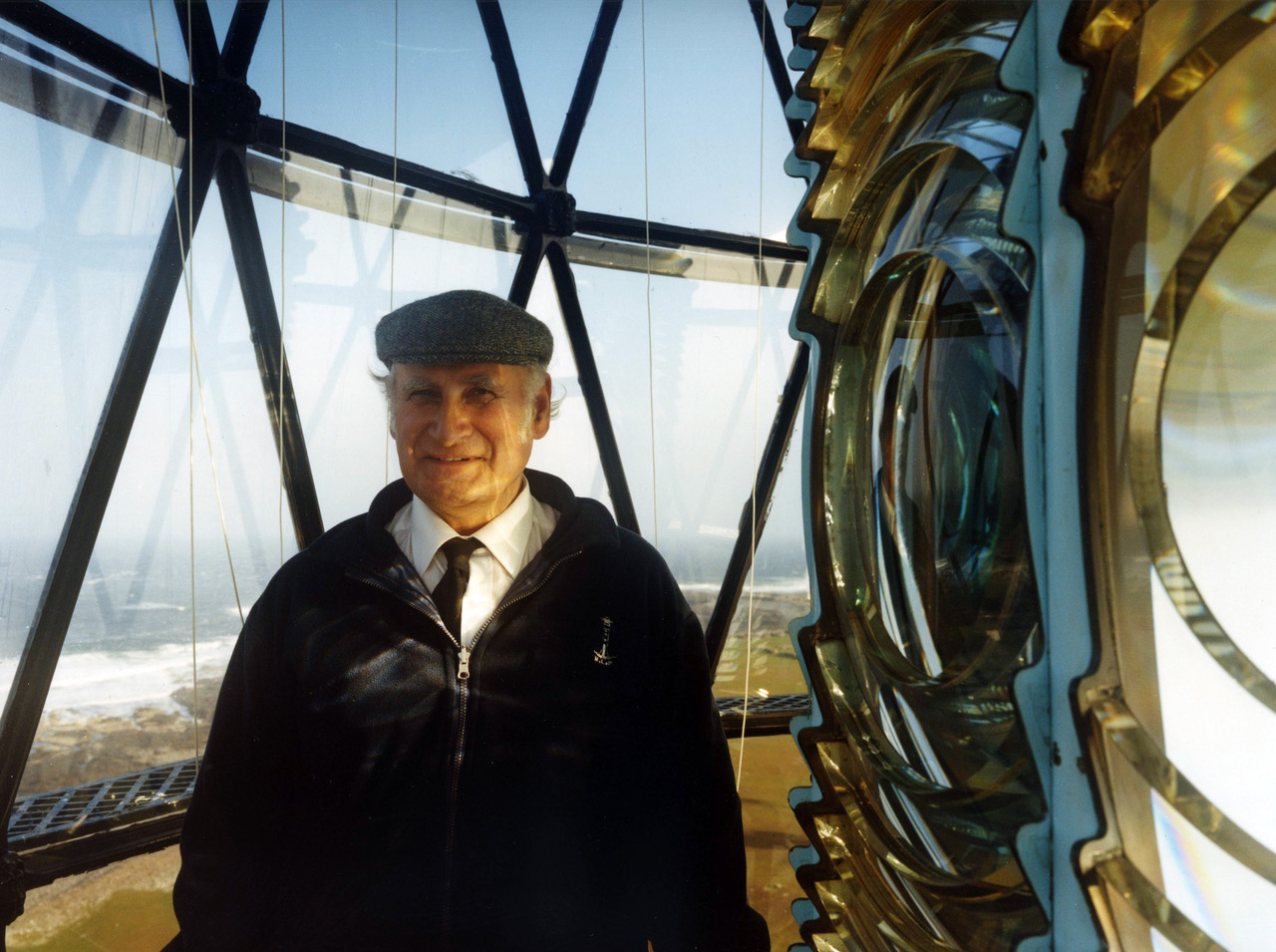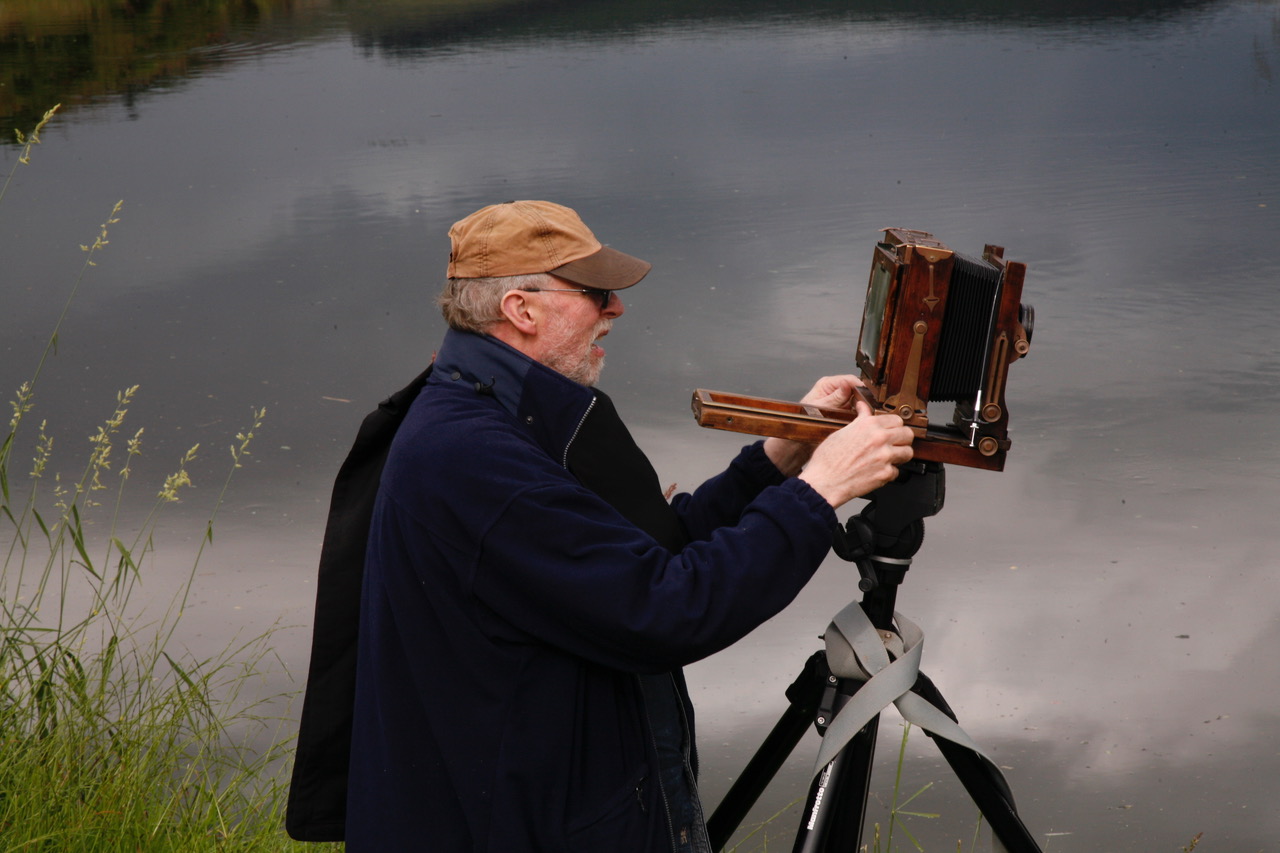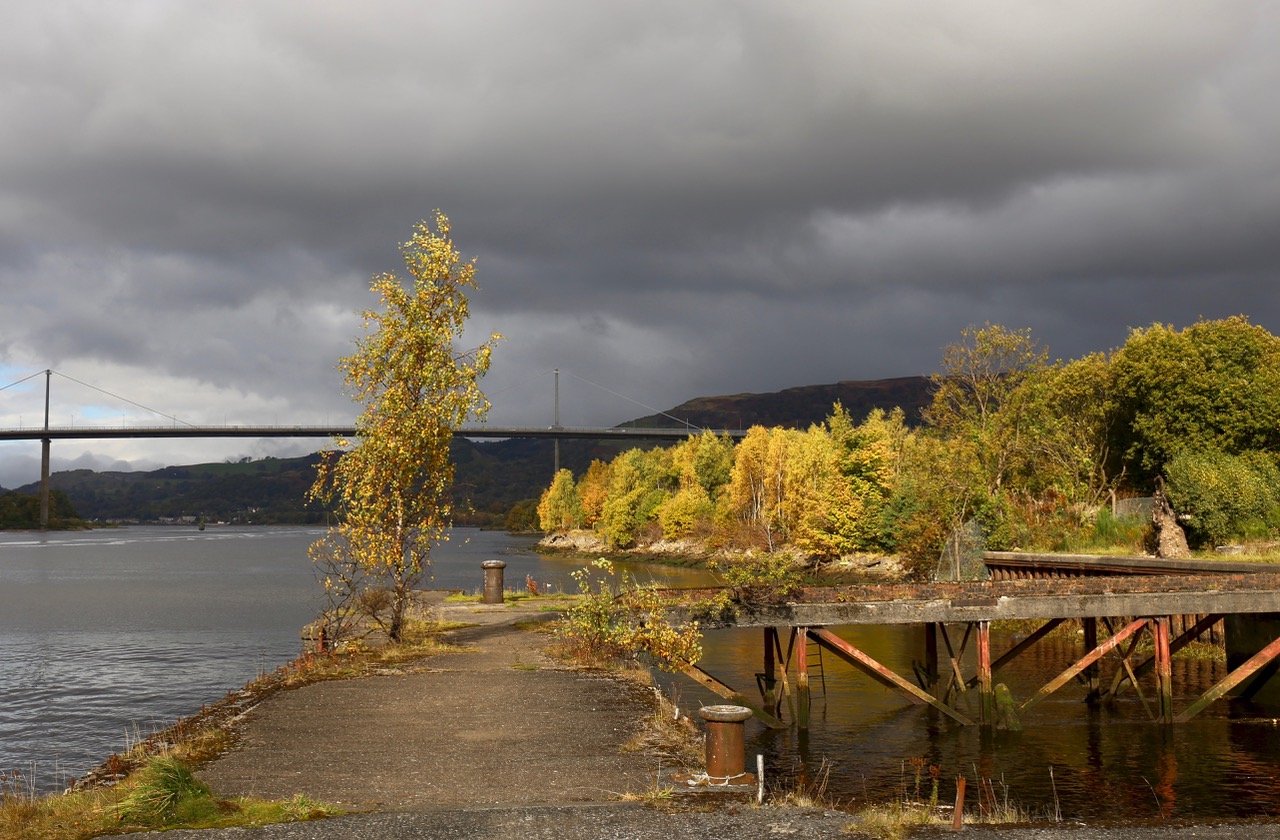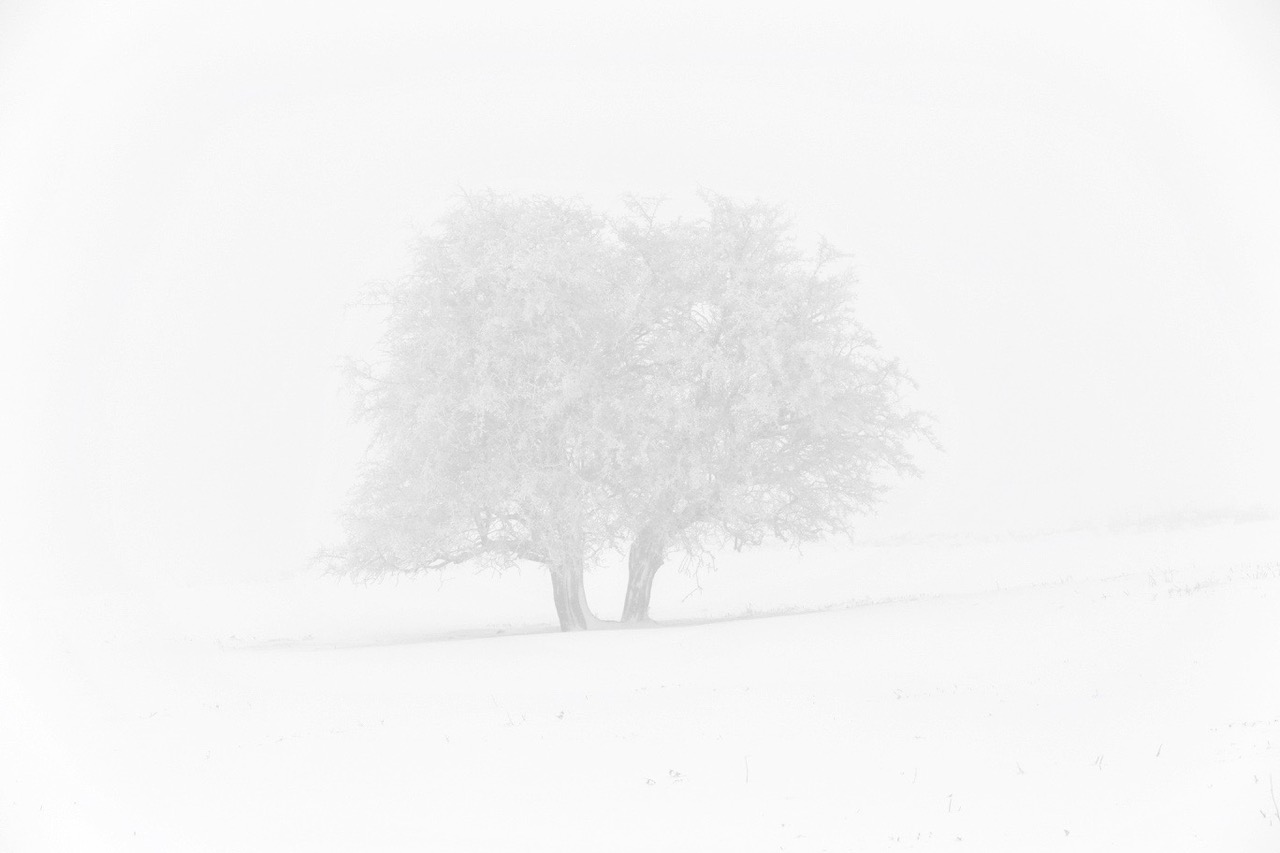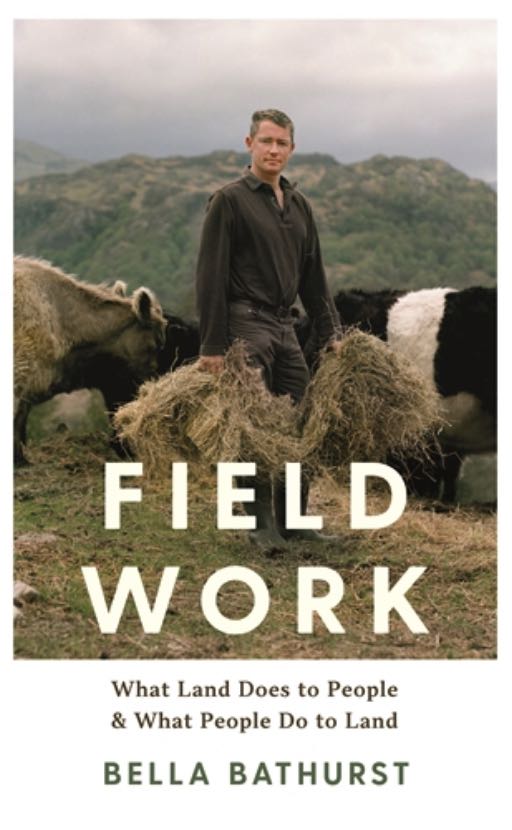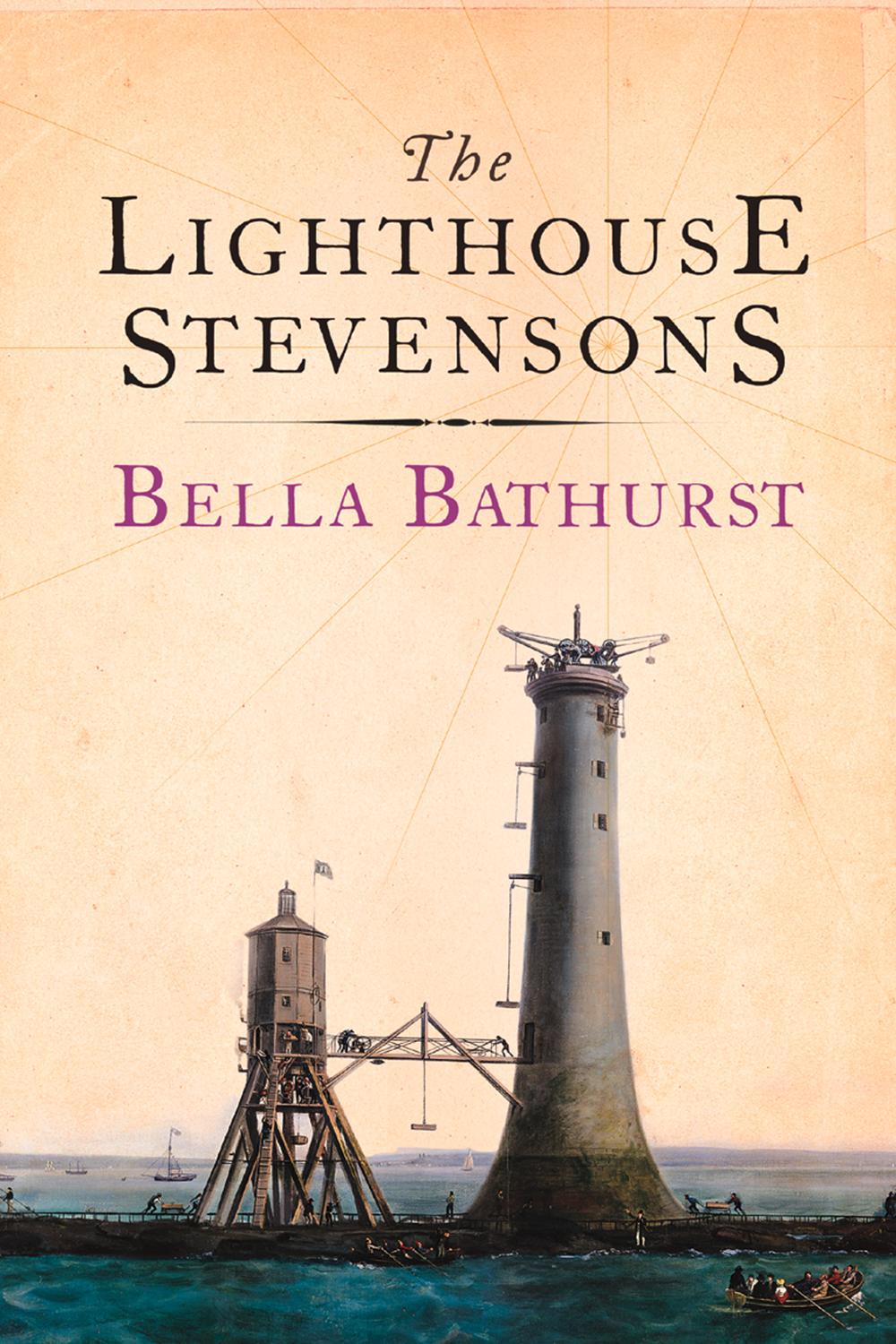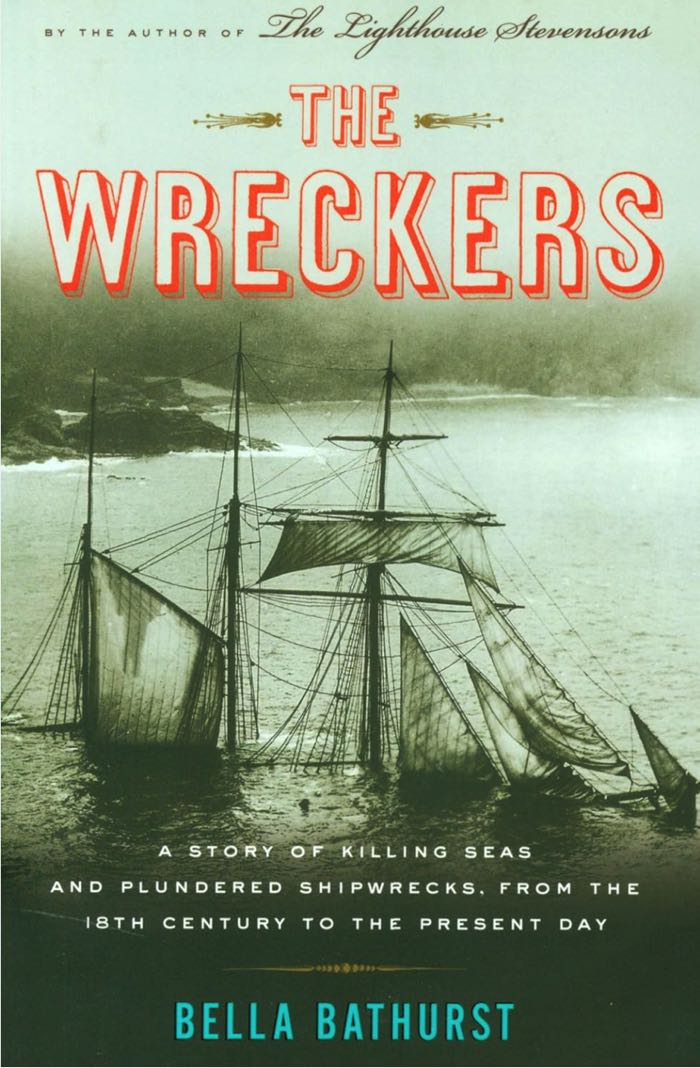‘Whenever I smell salt water, I know that I am not farm from one of the works of my ancestors. The Bell Rock stands monument for my grandfather, the Skerry Vhor for my Uncle Alan, and when the lights come out at sundown along the shores of Scotland, I am proud to think they burn more brightly for the genius of my father.’ RLS, 1880
This is the biography of an extraordinary family, an impossible sea and an engineering miracle. Robert Louis Stevenson may have been the most famous of the Stevensons, but he was not the most productive. The Lighthouse Stevensons, all four generations of them, designed and built the great lights around Scotland, fighting storms, near-drownings, sickness and pressgangs along the way. They were lifesavers and pioneers, and their lives were as full of drama and adventure as anything RLS wrote. Here, for the first time, is their story.
‘Deeply accomplished… this splendid book preserves the memory of great deeds performed in a heroic era’
Frank McLynn, Sunday Times
‘Bella Bathurst has built a lamp herself: it illuminates the work of a literary hero, a family business, a habit of mind and a Scottish period… from the summit of this first terrific book she looks to become one of the best biographers of her generation’
Andrew O’Hagan, The Times
‘An enthralling story, vivaciously recounted… These were epic and scarifying adventures, indicative of an age when the taming of nature was a philosophical given, its execution a religious passion’
Alan Taylor, Observer
‘This is a grand book doing for lighthouses what Dava Sobel’s Longitude did for marine chronometers, and doing it, if comparisons are to be made, with considerably more panache’
Nicholas Bagnall, Sunday Telegraph
Winner of the Somerset Maugham Award 1999, shortlisted for the Guardian First Book Award.
Read More Read More 